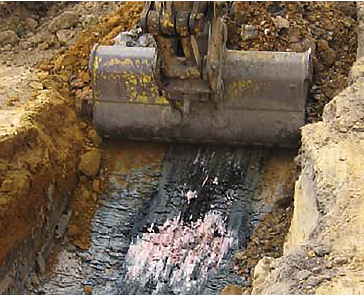As an industry, it is essential that we undertake all necessary due diligence to ensure we have a complete picture of the site being considered for purchase. This includes, where necessary, engaging with third party companies, such as Lotsearch, who are able to provide a clear overview of historical and current landuses, both on and off-site.





